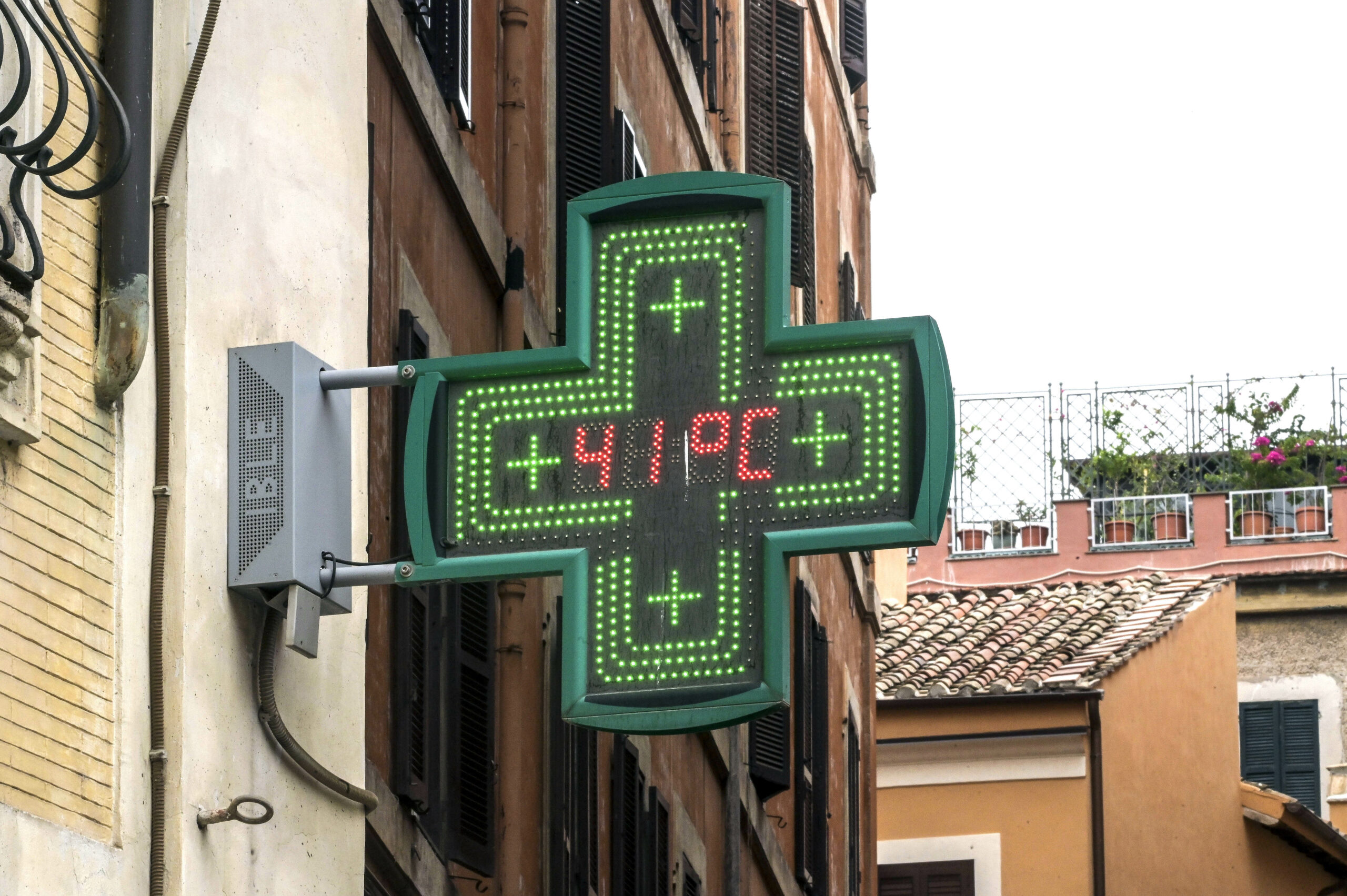Do we really have to get used to heat waves?

While they may seem exceptional, extreme heatwaves will become more frequent in the future, according to a study released Tuesday by World Weather Attribution. Le Monde article
More than 50°C in the United States and China, almost 45°C in Italy, Spain and Greece… Since the beginning of July, many regions of the Northern Hemisphere have been subjected to extreme and dramatic heat waves.
These catastrophes are by no means due to chance or natural climate variability: heatwaves in Europe and North America would have been practically impossible without climate change , while one in China has been made at least fifty times more likely. While they may still seem exceptional, such events are no longer rare in the current climate and will multiply in the future.
Those are the conclusions of a study released Tuesday, July 25 by scientists at World Weather Attribution, an international network of researchers specializing in the science of attribution. This branch of the discipline consists in characterizing the influence of the climate crisis on the probability and intensity of single extreme events on the basis of rapid studies conducted according to a precise protocol subjected to peer review. The scientists used climate observations and models to simulate these heat waves, both in the current climate – which has already warmed by 1.2°C – and in the pre-industrial climate.
The analysis focused on the period in which the temperature was highest, and therefore most dangerous to health, in each region: from July 12 to 18 in southern Europe, from July 1 to 18 in the southern United States western and northern Mexico, and July 5-18 in western and central China.
During these periods, the mercury exceeded 53°C in Death Valley (California) and 52°C in China; Catalonia (Spain) recorded the hottest day in the world (with temperatures above 45°C), while Greece and the city of Phoenix, Arizona (USA) experienced the longest heatwaves ever. More than 100 million Americans have been alerted, more than 200 Mexicans have died in the heat, and large numbers of people have died or been hospitalized in Europe.
Increased frequency and intensity
"However we characterize these events, in terms of duration and spatial extent, the results are absolutely the same and show the predominant role of climate change," says Friederike Otto, a climatologist at Imperial College London. In contrast, the natural phenomenon known as El Niño, which started in June, is playing only a "very moderate role"; this warming of part of the equatorial Pacific Ocean generally results in higher global temperatures, but has only a marginal influence on heatwaves in Europe, China and the southern United States, she says.
“There is nothing new in our findings and it is not surprising that all of these heat waves occur at the same time.
On the other hand, in the past, this would have been almost impossible,” he adds. Climate change caused by human-related greenhouse gas emissions – in particular the burning of fossil fuels (coal, oil and gas) and deforestation – is increasing the frequency, intensity and duration of heat waves, a fact which has long been documented by scientific studies.
Heat waves like the one in July “are no longer extreme or rare in today's climate,” explains Friederike Otto. Today they can occur about once every fifteen years in North America, once every ten years in southern Europe, and once every five years in China. By contrast, in a world unwarmed by human activity, they would have occurred only once every 250 years in China and would have been virtually impossible in North America and Europe.
However, this is not a "new normal", as "these extreme events will become more frequent and kill more people if we continue to burn fossil fuels", underlines the author.
Such intense heat waves will occur every two to five years in a world at +2°C, a level of warming the planet is expected to reach in about thirty years, unless all countries that have signed the Paris in 2015 do not fully implement their emission reduction commitments.
Trying to break some vicious circles
In addition to the frequency, the intensity also increases. The study shows that European, North American and Chinese heatwaves were respectively 2.5°C, 2°C and 1°C warmer due to climate change. And these figures are likely to be surpassed soon. These heat waves “might even feel like a cold summer in the future, if we keep burning fossil fuels,” warns Friederike Otto. “The climate is changing as models have shown, but we are more vulnerable than we thought,” adds the researcher.
Heat waves are among the deadliest disasters. According to a recent study, in the summer of 2022, high temperatures caused almost 62,000 deaths in Europe alone, a figure that is probably underestimated.
In addition to reducing emissions, "expanding warning systems, heat action plans and investment in long-term adaptation measures is essential," says Julie Arrighi, director of the Red Cross's Climate Centre. This includes making cities greener and strengthening the resilience of critical systems such as health, electricity, water and transport”.
It also means trying to break some vicious circles: while air conditioners can save lives, they exacerbate the problem by emitting greenhouse gases and radiating heat.
(Excerpt from the press release of eprcommunication)
This is a machine translation from Italian language of a post published on Start Magazine at the URL https://www.startmag.it/energia/ondate-di-calore-europa-stati-uniti-cina/ on Sat, 19 Aug 2023 05:53:04 +0000.
